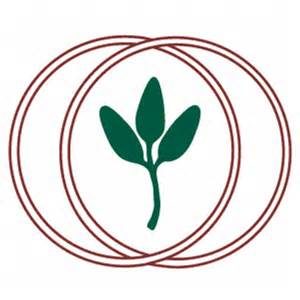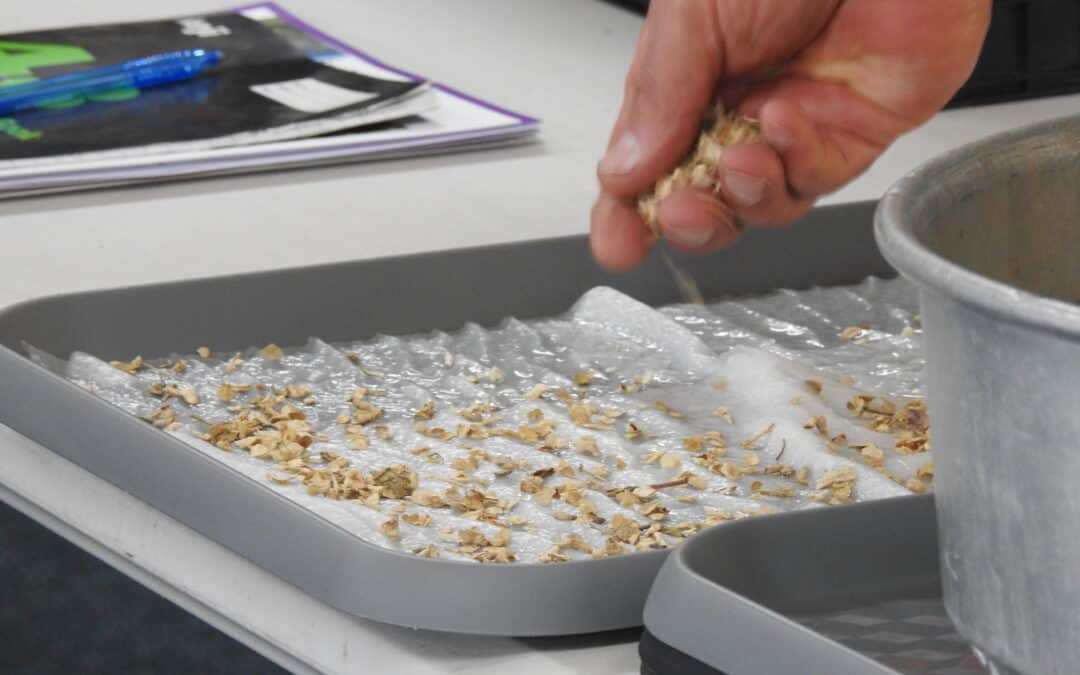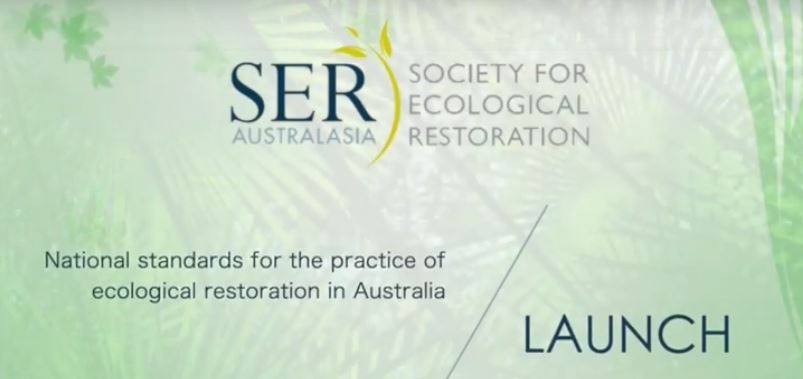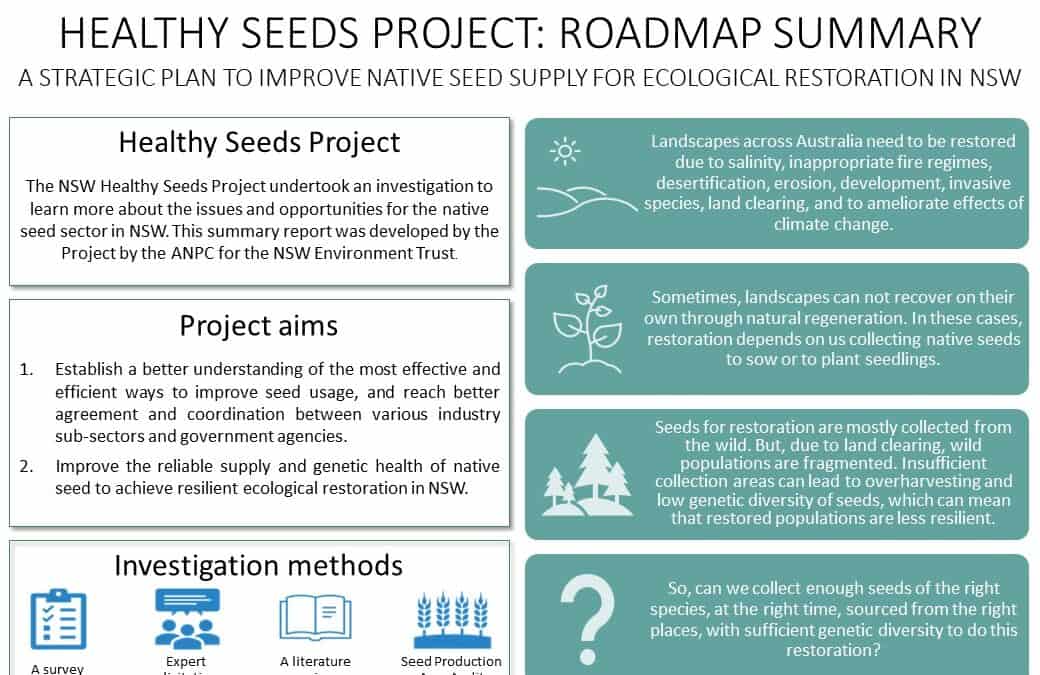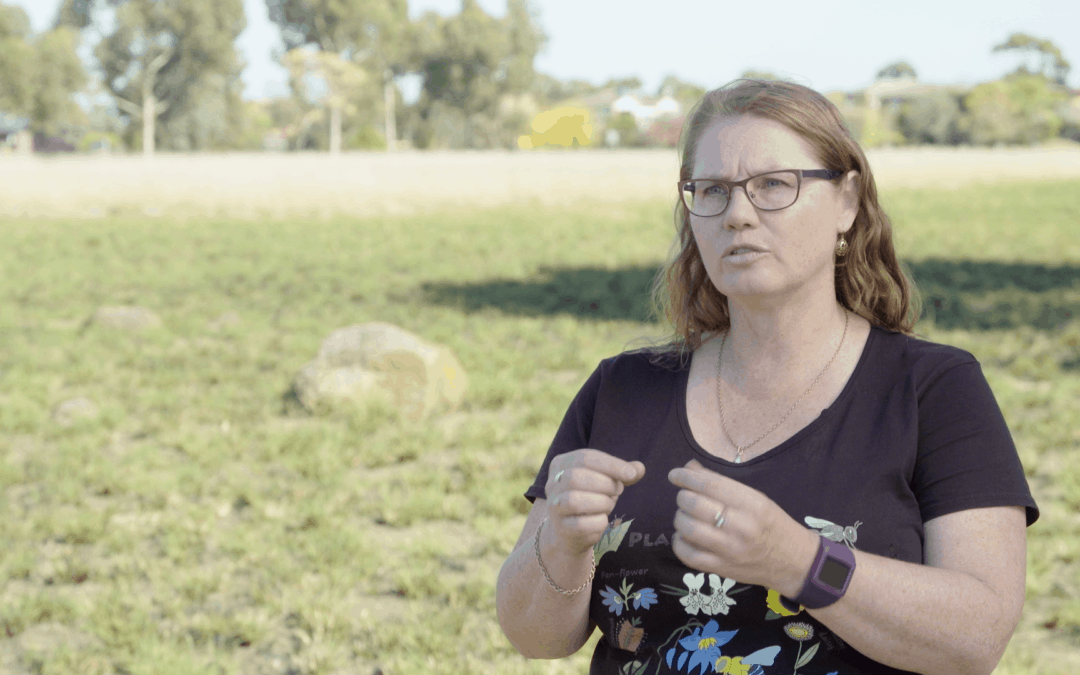
Sep 30, 2021 | News
Extensive surveys assessing the impact of Myrtle rust (Austropuccinia psidii) were conducted following the 2019/20 wildfires. The two reports are now available for download from our website and make for sobering reading. Myrtle rust symptoms and damage were found in all survey sites in fire-affected areas of south-east Queensland and NSW south to the Central coast region. New host species have been identified including Leptospermum speciosum (Showy tea tree), Eucalyptus pyrocarpa (Large-fruited blackbutt) and Eucalyptus amplifolia subsp. amplifolia (Cabbage gum). Significant impacts were identified on the endangered Rhodamnia rubescens (Scrub turpentine) and Uromyrtus australis (Peach myrtle). Myrtle rust symptoms have been observed for the first time on Eucalyptus pilularis (Blackbutt) and Syncarpia hillii (Satinay) on World Heritage K’gari (Fraser Island). Regeneration of Melaleuca quinquenervia (Broad-leaved paperbark), particularly in New South Wales, is of concern with the loss of established trees, and only 15 to 35% of seedlings showing evidence of resistance. Melaleuca nodosa (Prickly-leaved paperbark) is highly susceptible to Myrtle rust with only small numbers of trees showing resistance/tolerance to the disease. Longer-term monitoring of all sites is required to understand the impacts of Myrtle rust on Myrtaceae regenerating after wildfire. The ANPC would like to thank the Threatened Species Recovery Hub for funding this project.

Sep 30, 2021 | News
2021 marks the 30th anniversary of the ANPC! The Summer edition of Australasian Plant Conservation will celebrate this milestone. Articles on the history of the ANPC, members’ retrospectives and reflections on plant conservation issues (and changes over the past 30 years) are encouraged, with a deadline of 1 November 2021. We are still accepting regular articles (including on issues relevant to plant conservation, and plant responses to fire) as usual, for the Anniversary Edition. Find out more here.

Sep 30, 2021 | News
In exciting news, the Australian Seed Federation Board is establishing a new working group for the native seed industry sector. This is something for which the ANPC has advocated for a long time. The new group, to be called the ‘Native Seed Industry Working Group’ will provide a representative group for seed companies involved in the native seed industry sector. To be involved in this group, native seed companies must be members of the Australian Seed Federation. To become a member of the ASF Native Seed Industry Working Group please email Osman Mewett by COB Friday 1 October 2021. The ASF Secretariat will look to hold the first meeting of the Group the week beginning Monday 4 October, where the first orders of business will be to elect the Group’s Executive and determine the key objectives of the Group.

Sep 30, 2021 | News
The Society for Ecological Restoration Australasia launched Edition 2.2 of the National Standards for the Practice of Ecological Restoration in Australia. This document, in which the ANPC is a proud partner, is a must read for anyone involved in restoring Australia’s terrestrial, freshwater and marine ecosystems. To watch a recording of the launch or download the National Standards head to their website.

Sep 20, 2021 | News
The project team has finalised a summary of the Healthy Seeds Roadmap – A strategic plan to improve native seed supply for ecological restoration in NSW – and are working towards completion of the full report. The consultation process will commence shortly, stay tuned for details.

Sep 20, 2021 | News
The first video and podcast from the Australian Network for Plant Conservation’s Plants Going Places project, funded by the Ross Trust and the NESP Threatened Species Recovery Hub, are now available. The video features the Spiny Rice-flower (Pimelea spinescens subsp. spinescens), learning from mitigation translocations, What happens when a threatened plant is growing in an intended development location? Often under Australian legislation, impacts can be ‘offset’ and the plant translocated. Moved, salvaged, re-grown in pots and planted elsewhere. But does that really work?! The Spiny Rice-flower is arguably Australia’s most salvaged plant and has a few valuable lessons to teach – about ecology, collaboration and open accessibility of knowledge. Over 23 years the team has worked to improve success rates and sharing of outcomes that were once held as ‘client in confidence’, so that everyone involved in translocation has an opportunity to learn what has and has not worked.
Image: Debbie Reynolds from Trust for Nature being interviewed for Spiny Rice-flower video. (Photo credit M. Lawrence-Taylor)

